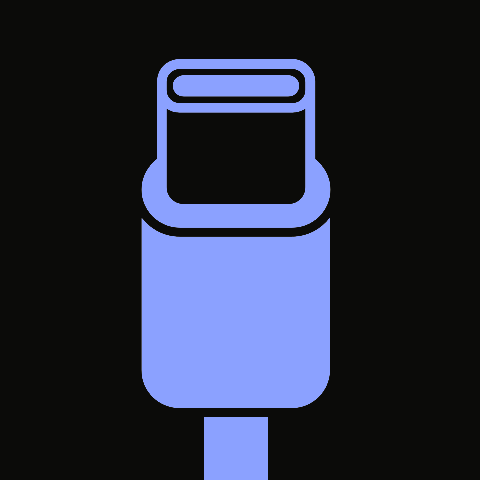- cross-posted to:
- technology@lemmy.world
- cross-posted to:
- technology@lemmy.world
I learn more about cables in this channel every week. Just wanted to share
You must log in or register to comment.
Edit: added a summary below
Cables are generally not marked, but play a crucial role in the transmission of power or data from and to your device. Without knowing, your phone could take ages to transmit data, your laptop can not charge or something else.
TIL USB 4 exists.
Thanks for sharing!
Here are a couple of links about USB 4:
- https://www.stuff.tv/features/usb-4-usb-c-explainer/
- https://www.techradar.com/news/usb4-everything-you-need-to-know
- https://arstechnica.com/gadgets/2022/09/breaking-down-how-usb4-goes-where-no-usb-standard-has-gone-before/
- https://www.tomsguide.com/features/thunderbolt-4-vs-usb4-whats-the-difference
Summary
- The video compares a good USB-C cable with a bad one.
- The good cable is a USB 4 cable with power delivery of 240 watts and data transmission of up to 40 Gbps.
- It can handle 8K resolution at 60 Hz.
- The bad cable is a regular USB 2 cable with lower capabilities.
- Testing with a cable tester reveals the differences in speed and power delivery between the two cables.
- The good cable has active electronics and can communicate with devices, while the bad cable lacks these features and is not suitable for charging laptops or high-speed data transfer.
- The video discusses a USB-C cable that supports voltages from 5 volts to 48 volts and currents from 0.5 mA to 5 mA.
- The connector has all connections except for two, which are for backward compatibility with USB 2.
- The cable is identified as a USB 4CH3 cable with a maximum voltage of 50 volts and current of 5 amps.
- It is a passive cable with an e-marker chip.
- The video compares two similar-looking cables, stating that only one is suitable for faster devices requiring USB 3 or higher speeds, while the other is better for slower devices or charging at or below 15 watts.
That’s a great summary, thanks for sharing!
Of course. What’s the use of a standard if you can’t deviate? /s
For those like me, curious about the tester device. Appears to be a prototype.
I wonder why the tester claims the cable supports 5V but not 9-20V. What property of the cable could possibly determine that?



